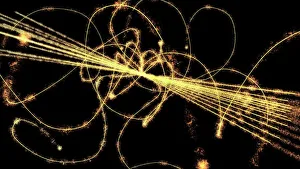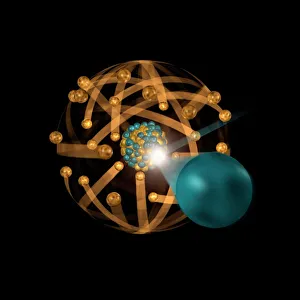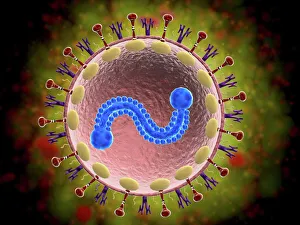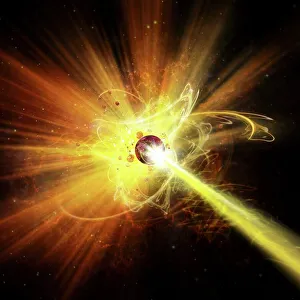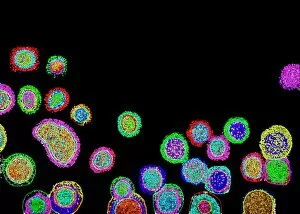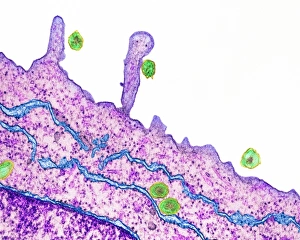Particle Collection
In the vast realm of particle physics, a world filled with intricate equations and mind-boggling experiments, lies the enigmatic entity known as the "particle
All Professionally Made to Order for Quick Shipping
In the vast realm of particle physics, a world filled with intricate equations and mind-boggling experiments, lies the enigmatic entity known as the "particle. " From its discovery to its profound implications, this captivating caption delves into various aspects that define these minuscule building blocks of our universe. At the heart of it all, we find ourselves immersed in the Higgs boson event. A momentous occasion where scientists at ATLAS detector C013/6892 unveiled crucial insights into this elusive particle's existence. Conceptual artwork depicting the Higgs boson serves as a visual representation of its significance within the field. Delving deeper into particle physics equations, we witness an intricate web woven by brilliant minds seeking to unravel nature's secrets. These formulas stand as testaments to human curiosity and determination to understand how particles interact and shape our reality. Simulations take us on a journey through time and space, unveiling mesmerizing visuals portraying Higgs boson production. These virtual realms allow scientists to explore scenarios that would otherwise be impossible or too dangerous in real-life experiments. As we ponder upon these scientific wonders, conceptual artwork brings forth vivid representations of both particle physics experiments and nuclear fission processes. Each stroke captures humanity's tireless pursuit of knowledge while showcasing the beauty hidden within atomic structures. Amidst this exploration lies Prof. Peter Higgs himself - a visionary who laid down theoretical foundations for understanding particles' behavior. His groundbreaking work earned him recognition alongside other luminaries in his field. Beyond traditional research methods lie innovative technologies like nanorobots swarming together with precision reminiscent of nature itself. This convergence between science fiction and reality opens up new frontiers for manipulating particles at unimaginably small scales. From grand detectors like CDF at Fermilab to artistic interpretations highlighting atomic structures, every facet reveals just how intricately intertwined they are with our existence. They hold answers yet undiscovered; they shape matter from stars to the tiniest atoms.





